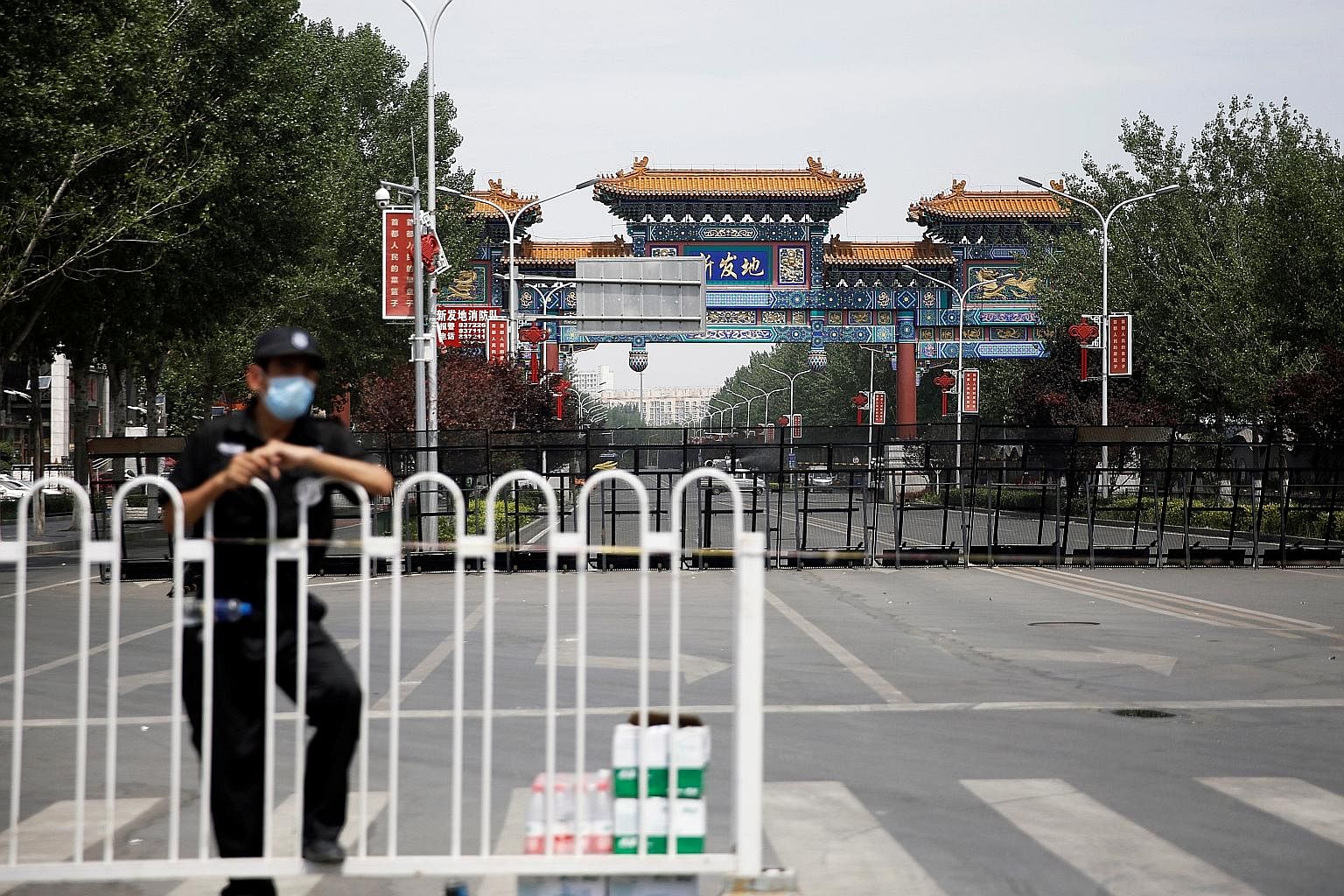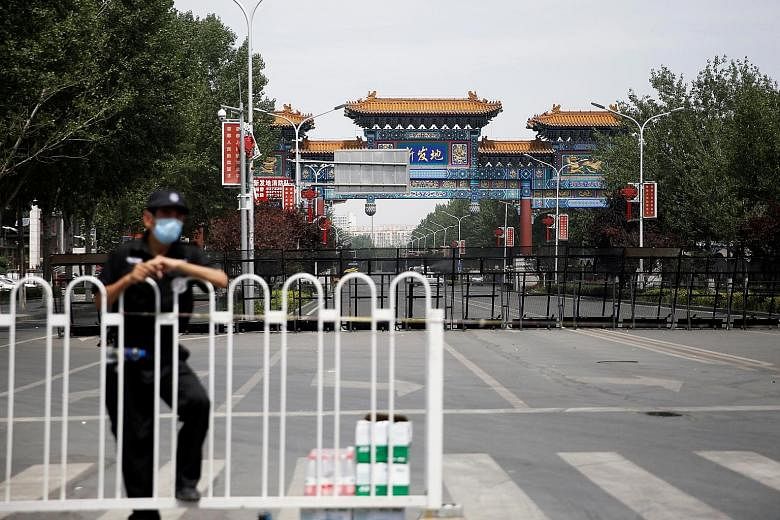When there was a sudden outbreak of coronavirus infections at a wholesale market in Beijing last month, there were fears that China was about to face a second wave after having successfully contained its first.
But that second wave soon abated as Beijing acted quickly with targeted lockdowns and other measures. The city had some 330 cases linked to the Xinfadi market outbreak at the end of the month when daily cases fell to single digits.
By contrast, other countries in the region are facing continued spikes following a loosening of months-long shutdowns of varying severity to contain the virus.
These new, persistent surges have led to the damaging blanket lockdown that Melbourne has imposed, and which Manila is contemplating. Japan's new domestic tourism campaign to revive the economy has been crimped as the virus rebound in capital city Tokyo has forced it to be excluded from the revival plan.
The protracted outbreak in the region is affecting economic growth, with many countries there expecting negative growth in the second quarter.
China, on the other hand, saw its economy grow by a surprising 3.2 per cent in the second quarter, and is likely to register a slight growth for the year. What the country did right in managing the virus could have valuable lessons for others now battling resurgences.
"China has not seen the kind of surges in other countries mainly because of its strategy of erring on the side of caution. It has been determined to nip the surge of cases in the bud by responding swiftly once the first cases are identified," said Professor Huang Yanzhong, senior fellow for global health at the American think-tank Council on Foreign Relations.
The measures in the Beijing outbreak included lockdowns of high-risk neighbourhoods, aggressive contact tracing and quarantines, and mass testing.
When the first case at Xinfadi was detected on June 11, Beijing swiftly closed the market, which houses some 8,000 stallholders and workers and is visited by thousands more daily. It also sealed off neighbourhoods near the market and others thought to be at risk - 41 of the city's 7,000 neighbourhoods in all.
To trace residents who might have been infected either from going to the market themselves or being in contact with someone who had, the authorities used not only a health surveillance app but also volunteers, community workers and government personnel to knock on doors, make phone calls or contact people on the messaging app WeChat.
Market vendors, patrons and their contacts were the first to be tested. But tests were also expanded to include the vulnerable or easily infected, such as the elderly, taxi drivers and those working in other markets. Finally, the ring fence was widened to include residents living in medium-and high-risk areas - such as where infected people lived - medical workers and service sector workers. Some 2.3 million people were tested within a week.
The same graduated approach was taken to quarantines, noted an article by a group of University of Glasgow researchers in the current affairs website, The Conversation.
All close contacts of confirmed cases were taken to centralised isolation sites, while self-isolation was imposed on residents in the 41 neighbourhoods deemed at risk.
The swift, targeted action involving the key principles of tracing, testing and isolating worked. By the end of last month, local cases were down to single digits and there was none from July 7.
That there have been no major surges elsewhere in the country also shows China's effective control of its first outbreak and the care it took to reopen.

As the virus began to abate significantly from late February, the country reopened slowly, beginning with factories. Some cities in reopening encouraged employers to send their workers for tests.
Shops and restaurants were next to reopen in March, with social distancing rules. Cinemas will reopen next week.
Schools began reopening in April, with many cities requiring teachers and students to be tested before they could go to school. At school, temperatures were checked, masks were mandatory and breaks staggered.
Tests were made accessible and affordable to the public. Rules on masks were relaxed in mid-May so they are not needed when people are exercising outdoors or in well-ventilated places. They are still required for hospital visits and in crowded or enclosed spaces.
Many cities also use a health surveillance app that shows an individual's health status, so that only when the code is green is one able to enter a shop or take a taxi, for example.
Some countries have their own versions of tracing apps, including Singapore, South Korea and Australia. Not all have the capacity to adopt all the measures taken by the Chinese government, however.
In the Philippines, for example, early lockdowns bought it time to expand testing capacity and treatment facilities. However, its contact tracing and suppression capacities have not kept pace with spikes in cases as the country reopened economically, said the World Health Organisation's country representative Rabindra Abeyasinghe.
If contact tracing is unlikely, said Prof Huang, countries should focus on other measures, such as making mask-wearing mandatory.
For China, the focus now is on rebooting its economy while it continues to keep a wary eye on the virus and stay ready to beat it down.


